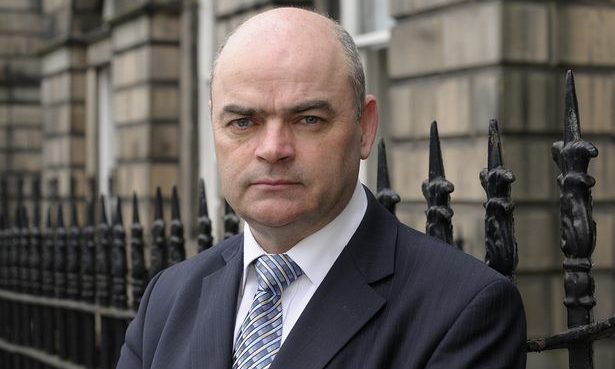The largest teachers’ union in Scotland has demanded that national testing for 5-year-olds is scrapped.
The controversial standardised assessments, which were introduced last year, left some P1 pupils “shaking and crying”, according to some teachers.
EIS added its voice to calls for the youngest schoolchildren to be spared the assessments, but the Deputy First Minister insisted they are an important tool for closing the attainment gap.
Larry Flanagan, general secretary of the EIS union, said: “We think P1 assessments are inappropriate for the learning experience of P1, which should be through structural play. They should be scrapped.”
David Baxter, from the union’s Dundee branch, said there is a “big contradiction” between Curriculum for Excellence, which is about designing learning at a local level, and the across-the-board national testing.
He said Dundee City Council have made the right noises in saying they will rely on teacher judgement for assessing pupil progress, with the test scores acting only as an aid.
But Mr Baxter added: “You have got to look at the standardised testing in P1 and just ask ‘what is the purpose of it?’
“My wee girl starts P1 this week and I am far more interested in what her teachers can tell me than a bit of standardised assessment.
“For P1 you just want them getting in and getting settled and let the teachers do their stuff.”
A survey of 364 Scots, conducted by parent body Connect, found that more than a third believe the introduction of the assessments were mishandled by primary schools.
Scottish Government issued guidance saying the tests should be carried out in an informal and enjoyable way.
But reports have surfaced of young children becoming distressed about taking the assessments.
Under the scheme, all P1 children have their literacy and numeracy skills tested through a multiple choice computer exercise.
The compulsory assessments are the same across all local authorities, but schools can decide when they hold them.
Education Secretary John Swinney said: “Assessments are not a new concept and the vast majority of local authorities have been carrying them out for years.
“The Scottish National Standardised Assessments ensure for the first time that all schools will undertake the same assessments, providing consistency and an important means for teachers to identify children’s next steps in learning.
“That is especially valuable in early years if we are to continue to close the attainment gap.
“Our approach was developed after extensive engagement with teachers, parents, children and academics.
“Teachers have the flexibility to manage the assessments to ensure that they are a positive experience for all children.
“Our review of the first year of assessments listened to the experience of teachers and children. We will shortly set out changes and enhancements to the system for next year.”
Iain Gray, for Scottish Labour, hit back saying they “do nothing to help teachers close the attainment gap and are driving children to tears”. He added: “It’s time to scrap these tests for P1 pupils.”
Tavish Scott, the Lib Dem MSP, said: “Teachers are quite clear that national testing for five-year-olds is counterproductive and useless. Why is John Swinney still pretending that everything is fine?”










